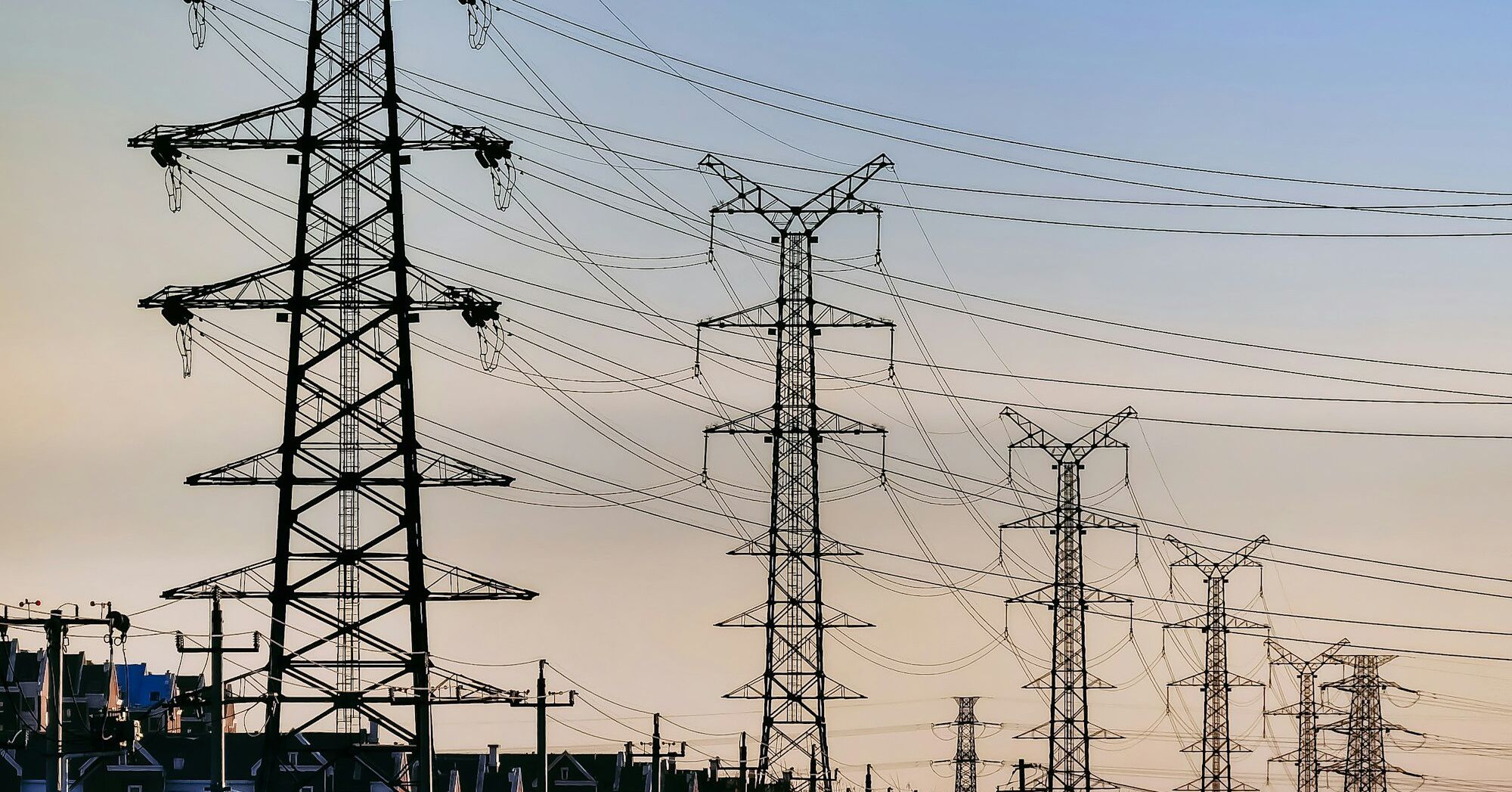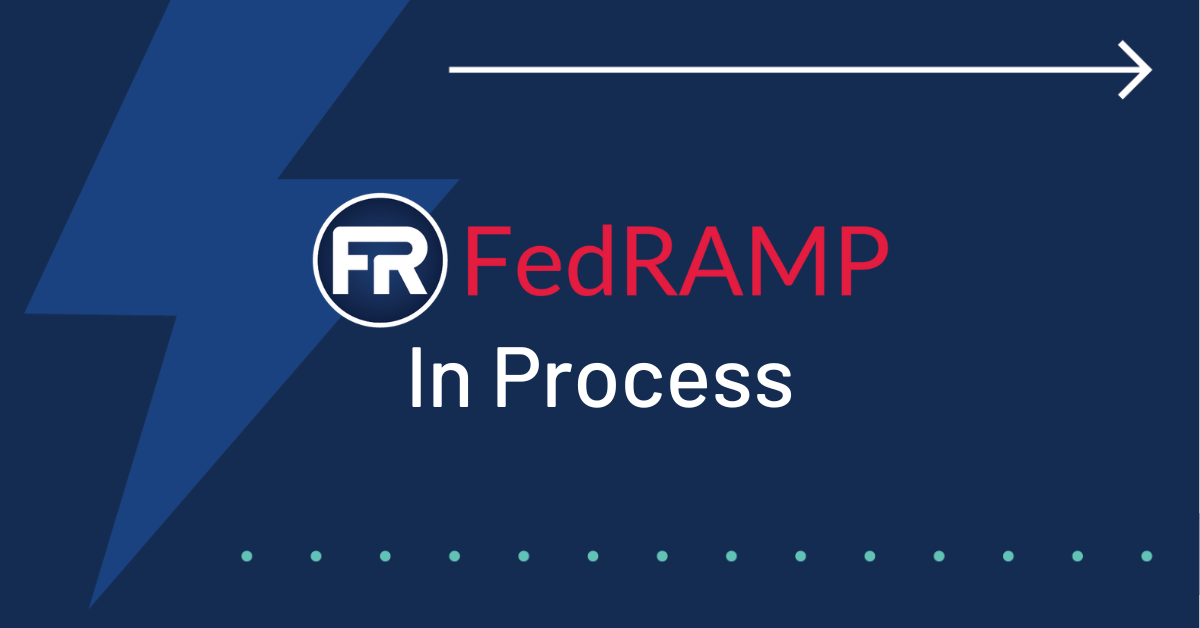Learn about the most common errors and solutions for achieving and maintaining NERC certification
Navigating the process of NERC (North American Electric Reliability Corporation) certification can feel like a high-stakes game of chess. One wrong move, and your organization could face significant delays, financial penalties, significant reputational damage or even operational disruptions. That’s why understanding the common mistakes of NERC certification is a big advantage for maintaining compliance and ensuring operational excellence.
Understanding the Importance of NERC Certification
NERC certification isn’t just a bureaucratic hurdle; it’s a meaningful component for ensuring the reliability and security of North America’s bulk power system. This process involves stringent standards that cover everything from cybersecurity to physical asset management. For risk managers and compliance officers alike, mastering these standards is non-negotiable because at the heart of NERC certification lies the assurance that your organization is not just compliant but also resilient against potential threats and disruptions.
The High Stakes of Non-Compliance
Failing to achieve or maintain NERC certification can result in costly consequences. Financial penalties are just the tip of the iceberg. More critically, non-compliance can lead to operational inefficiencies and vulnerabilities that could compromise grid reliability—and that has compounded consequences.
- Financial Penalties: Non-compliance can result in hefty fines from regulatory bodies. Fines for NERC non-compliance can range from $1,000 to over $1 million, depending on the severity and nature of the violation.
- Operational Inefficiencies: Without adherence to NERC standards, your systems may operate less efficiently, leading to increased costs and reduced productivity. For example, neglecting critical maintenance checks on key equipment, like transformers or generators, may over time consume more energy and even break down unexpectedly.
- Security Vulnerabilities: Inadequate compliance can expose your organization to cyber threats and physical security risks.
- Reputation Damage: Failing to meet regulatory standards can tarnish your organization’s reputation, crippling trust with stakeholders.
- Legal Repercussions: Non-compliance could lead to legal actions against your organization, resulting in further financial and operational strain.
By understanding these specific risks, you can better appreciate the importance of maintaining NERC certification.
Common Mistakes in NERC Certification
Avoiding frequent mistakes during the NERC certification process requires both awareness and strategic planning. Here are some common pitfalls you should steer clear of:
1. Inadequate Documentation
One of the most frequent errors organizations make is insufficient or poorly maintained documentation. For example, an organization could fail NERC certification due to outdated cybersecurity incident logs, highlighting insufficient documentation and poor record-keeping practices.
Solution: Execute robust documentation practices early on. This means implementing a centralized digital repository with version control to maintain accurate, up-to-date documentation across all departments. Regularly update and audit all compliance records, ensuring they are easily accessible for internal reviews and external audits.
2. Poor Communication Between Departments
We all know that the dreaded silos within an organization can be detrimental to achieving NERC certification. Miscommunication between IT, legal, operations, and other departments often leads to gaps in compliance efforts. Imagine your IT department has implemented a new cybersecurity protocol to meet NERC Critical Infrastructure Protection (CIP) standards. However, they fail to communicate this update effectively to the operations team. As a result, the operations team continues using outdated procedures that don’t align with the new protocol. During an audit, this discrepancy is discovered, highlighting a significant gap in compliance efforts.
This miscommunication not only jeopardizes your NERC certification but also exposes your organization to cybersecurity risks that could have been avoided with better interdepartmental coordination.
Solution: Foster interdepartmental collaboration through regular meetings and integrated communication platforms, like Slack or other communications hub, to synchronize compliance updates and address any gaps collaboratively.
3. Underestimating Cybersecurity Requirements
With increasing cyber threats targeting critical infrastructure like IBR facilities (Inverter-Based Resources), underestimating cybersecurity measures is a grave mistake many organizations make during their NERC certification journey.
Solution: Invest in advanced cybersecurity frameworks that align with NERC CIP standards as well as supply chain risk management protocols specific to power system operations.
4. Neglecting Employee Training
Employees play a pivotal role in maintaining compliance but are often overlooked when it comes to training programs tailored for NERC standards including grid reliability standards and freeze reliability failures prevention.
Solution: Develop comprehensive training modules specific to each department’s role in achieving and maintaining NERC compliance requirements across various sectors such as the utility industry or distributed energy resources management systems (DERMS). Regular refresher courses will help keep everyone up to date with evolving standards including proposed revisions by regulatory bodies like FERC.
5. Reactive Rather Than Proactive Approach
Many organizations adopt a reactive stance towards compliance issues rather than being proactive—addressing problems only when they arise instead of preventing them beforehand. Let’s say a power company waited until they received a notification of non-compliance from a regulatory body before taking action to address cybersecurity vulnerabilities. After experiencing a minor cyber attack that did not result in significant damage, the company decides to enhance its cybersecurity measures and update its protocols. Sounds good, right?
Actually, this reactive approach means that prior to the attack, their systems were vulnerable for an extended period. Had they adopted a proactive stance by regularly auditing their cybersecurity defenses and implementing continuous monitoring systems aligned with NERC CIP standards, they could have identified and mitigated these vulnerabilities before any incident occurred. This proactive strategy would not only ensure compliance but also safeguard against potential threats more effectively.
Solution: Establish continuous monitoring systems that allow you to identify potential issues before they escalate into full-blown problems requiring corrective actions.

Leveraging Technology to Avoid NERC Certification Mistakes
In today’s digital age, leveraging technology can significantly streamline your path towards successful NERC certification:
- Automated Compliance Tools: Utilize software solutions designed specifically for regulatory compliance management.
- Data Analytics: Employ data analytics tools to gain insights into areas needing improvement.
- Cloud Solutions: Adopt cloud-based platforms for secure storage and easy access to documentation across departments.
By integrating these technological advancements into your strategy, you not only simplify the process but also enhance accuracy and efficiency—critical factors for avoiding ‘common pitfalls’ during your NERC certification journey.
Conclusion
From enhancing documentation practices through fostering better interdepartmental communication, investing heavily into cybersecurity measures, and never neglecting employee training programs tailored for NERC standards—every step counts toward achieving NERC certification in spite of common pitfalls.



